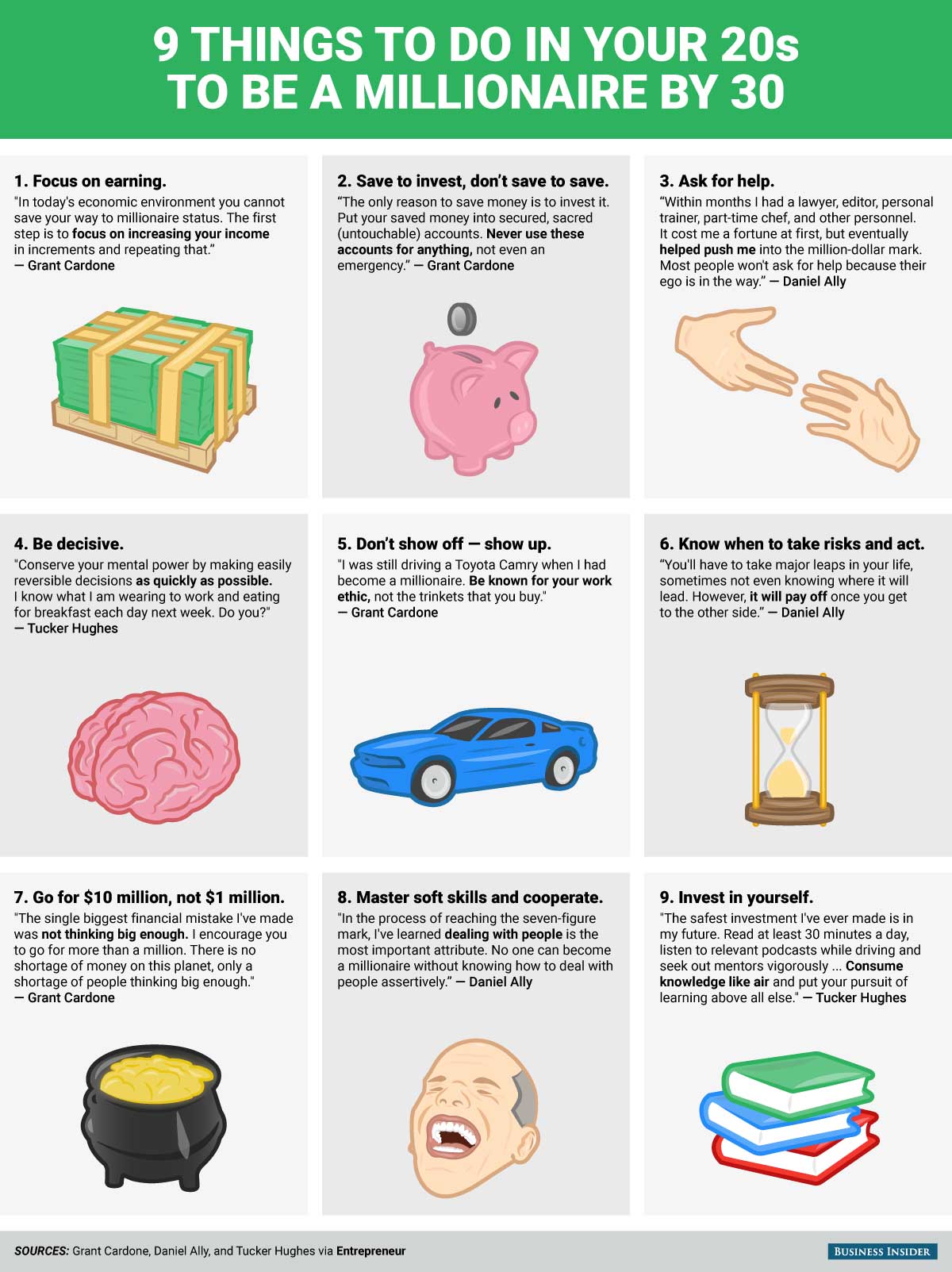Many people dream of leaving their nine-to-five jobs to start their own businesses. Many successful entrepreneurs had to keep their day jobs until they reached a point in their businesses when it was feasible to quit. This transition time can be stressful and difficult, especially when you don’t enjoy your job, but it doesn’t have to be.
While ambition is important, it is not always enough to move you forward. Maintaining your motivation and drive during your transition from employee to entrepreneur is crucial. It’s easy to veer off course and get discouraged during this transitional phase. Here are some actions you can start taking immediately while you’re still at your day job that will keep you on track and moving forward.
1. Get crystal clear on your reason for starting your business.
Connecting with your “why” is the most important first step you can take. Maybe you are motivated by being your own boss, financial independence, time freedom, creative expression, being home with your kids or helping others. Whatever your reason, knowing what motivates and drives you is what will keep you focused and committed to your dream when times get difficult.
2. Commit yourself to your dream.
Having the desire for something to work vs. committing to it are vastly different. When you commit to your dream, you are making a binding obligation to see it through to success. It means you are “all in,” you find solutions when faced with obstacles and you don’t quit, no matter what. Make that pledge to yourself, and then tell the people in your life.
3. Create a personal vision for your business.
Think about what you want in your business a year from now and write it down. Be very specific and detailed. Describe in great detail in the present tense your ideal day, what activities you engage in, who your customers/clients are, how many customers/clients you have and what your monthly income is.
Read your vision aloud every morning and evening, focusing completely on the end result -- your vibrant, flourishing business. By keeping your focus on the result, you will be able to make the day-to-day choices to ignore any negative thoughts that may arise.
4. Join a mastermind group.
A mastermind group is a peer-to-peer mentoring group that meets regularly to support each other, brainstorm ideas and share advice and work through challenges together. A mastermind group can be excellent for helping you stay accountable and motivated.
There are mastermind groups that meet in person, online or on the phone. To find a mastermind group, Meetup is a great place to start. If you cannot find one to join, then create your own with people who are also starting a business.
5. Immerse yourself in learning.
Research and study anything you can find that is pertinent to your business. The Internet provides an abundance of valuable information on building a successful business. Take courses, hire a coach or find a mentor. Listen to podcasts or audiobooks during your morning commute. The more you learn and become an expert in your area, the more self-assured, motivated and successful you will be.
6. Stay positive about your day job.
Every day, acknowledge something you appreciate about your job. Perhaps you enjoy your co-workers or always having holidays off. Maybe it’s just the free coffee or your comfortable chair.
The point is to look for the good things. The more you focus on what is positive about your current situation, the more success you will bring to all situations, including your business. Negative thoughts drain your energy, making it far more difficult to move forward with your dream.
7. Set daily goals.
Take small, measurable action steps each day toward your business, understanding there will be times when it seems like you are making no progress at all. Much of the work, in the beginning, will be tedious day-to-day tasks. Realize it is all part of building your business. By taking steps each day, which includes doing the mundane, you will start seeing results. The more progress you make, the more confidence and determination you have to keep moving forward.
By taking these actions while still working your day job, you will stay focused, motivated and committed to making your dream a reality. It will also make the time spent at your job seem to go by faster.



































